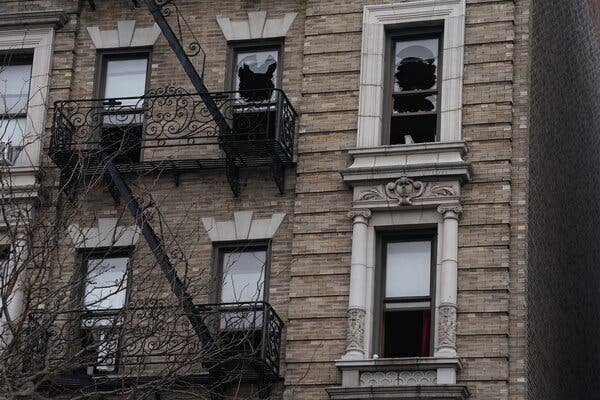Low-wage workers in the rest of the United States saw significant economic gains during the pandemic and recovery period, with the largest pay increases in the workforce. In contrast, in New York City, high-wage workers experienced the most growth in pay while low-wage workers saw much lower increases, leading to a widening income inequality gap in the city compared to the national trend. The disparity in wage growth was attributed to factors such as a stronger recovery in high-paying sectors like finance and tech, job losses in middle-wage occupations, and the stagnant minimum wage in New York City. Efforts by the Adams administration to address these issues include initiatives to support low-income families, increase minimum wages for certain workers, and provide job training opportunities.
In the United States, low-wage workers have seen significant economic improvements during the pandemic and recovery period, particularly in terms of wage increases. However, the situation in New York City presents a contrasting picture, with high-wage workers reaping the greatest benefits while low-wage workers experience comparatively slower pay growth. This disparity has led to a widening income gap in New York City, in contrast to the national trend of decreasing inequality.
According to a recent report by the Center for New York City Affairs, wage disparities between 2019 and 2023 have been more pronounced in New York City compared to the rest of the country. This finding challenges Mayor Eric Adams’s narrative of a thriving city economy, which emphasizes job growth, new business formations, and reduced Black unemployment rates.
Key data points highlight the complex economic landscape in New York City, including a higher city unemployment rate compared to the national average, slower job growth post-recession, and a significant increase in low-paying healthcare jobs. The report reveals that while nationally, the bottom 20% of wage earners saw a 13.2% increase in pay, New York City saw a mere 6% rise for the same group, while high-wage workers enjoyed an 18.2% pay increase.
This disparity can be attributed to the dominance of high-paying sectors like Wall Street and the tech industry in New York City, where strong profits and bonuses were realized during the pandemic. Conversely, industries such as retail and hospitality, which employ a higher proportion of low-wage workers, have struggled to recover fully. As a result, high-wage jobs, accounting for a third of all employment in the city, captured 69% of the total wage growth during the period analyzed.
Economists point out that the city is experiencing a shift towards a ‘hollowed out’ economy, characterized by a decline in middle-wage jobs across various sectors. The Federal Reserve Bank of New York’s research indicates that middle-wage salaries have declined by 7% in New York City, contrasting with significant growth in both low- and high-wage categories since the pre-pandemic period.
The Adams administration has implemented measures to address economic challenges and support vulnerable populations in the city, such as reducing childcare costs for low-income families, raising the minimum wage for app-based delivery workers, and facilitating job placement and training through initiatives like ‘Jobs NYC.’ Despite these efforts, concerns persist about the impact of stagnant minimum wages in exacerbating income inequality in the city.
While many states have increased their minimum wages to outpace inflation, New York City’s minimum wage remained at $15 for an extended period. Governor Kathy Hochul’s decision to incrementally raise the minimum wage reflects a cautious approach compared to other states. The Center’s report underscores the role of the minimum wage as a foundation for low-wage workers to negotiate higher pay, suggesting that a higher minimum wage could empower workers to secure better wages.
In conclusion, the economic landscape in New York City presents a nuanced picture of uneven wage growth and increasing income inequality. While efforts are being made to address these disparities and bolster the economy, challenges persist in ensuring equitable economic opportunities for all residents. As policymakers navigate these complexities, the importance of addressing wage differentials and supporting vulnerable workers remains paramount in fostering a more inclusive and sustainable economic future for New York City.
Source: TheCity.NYC









